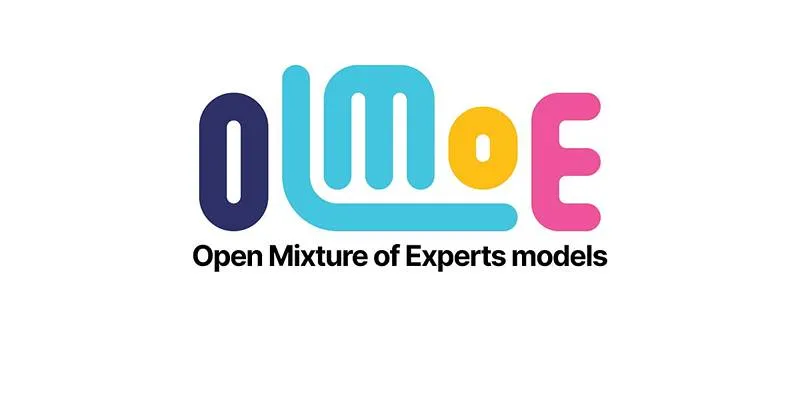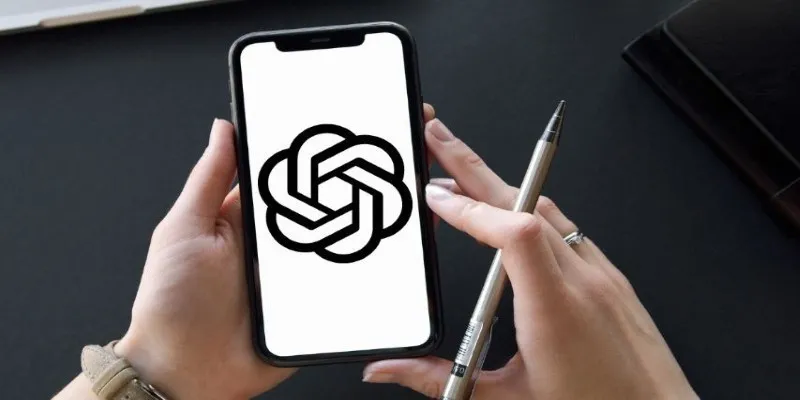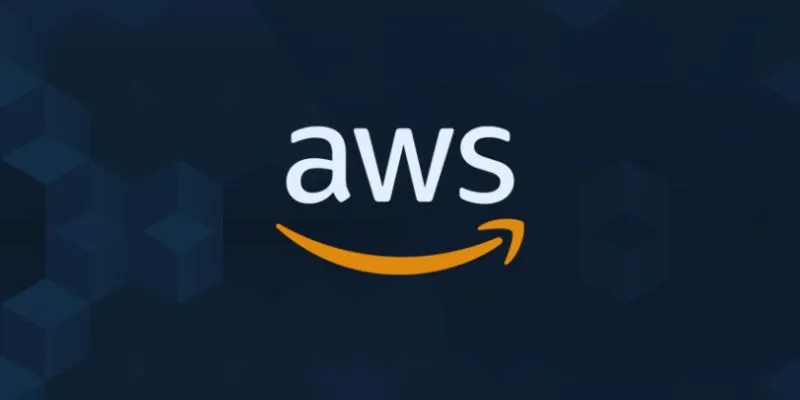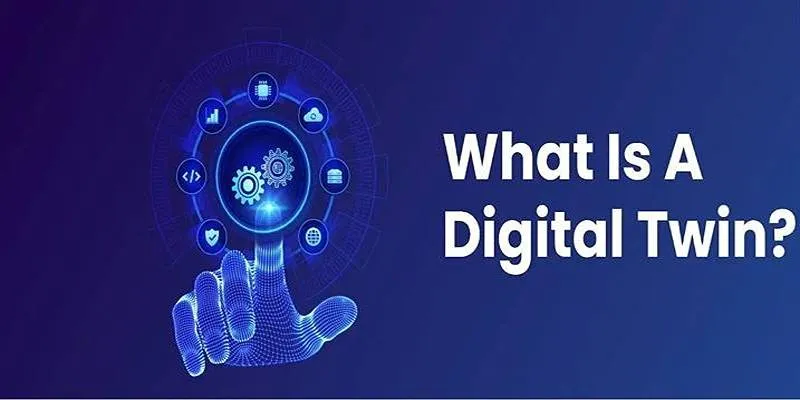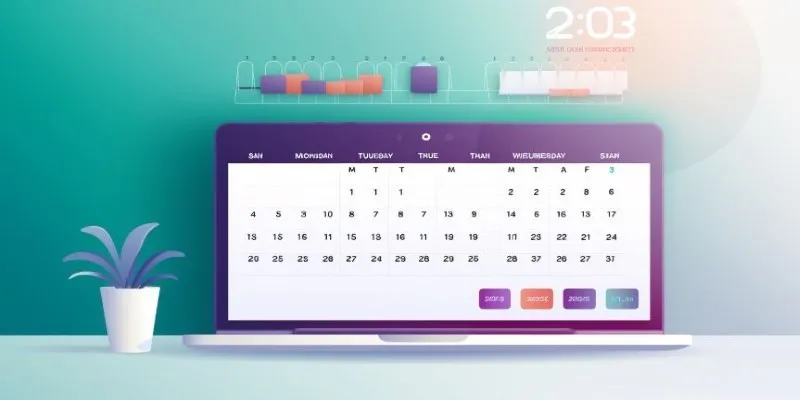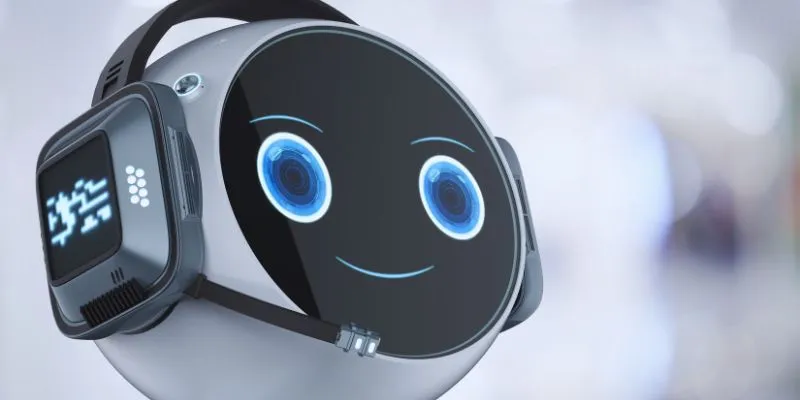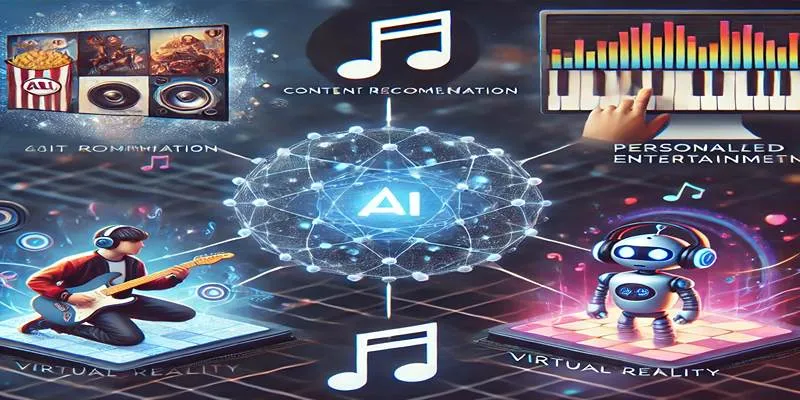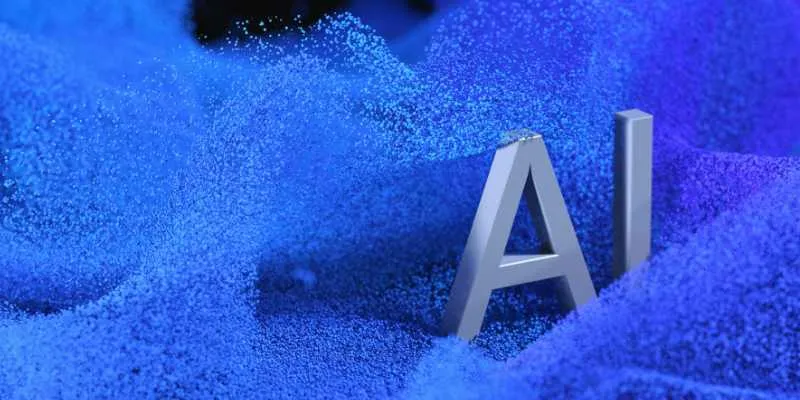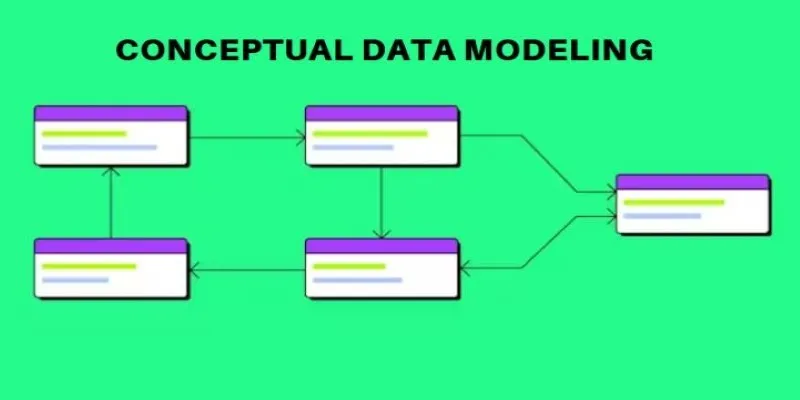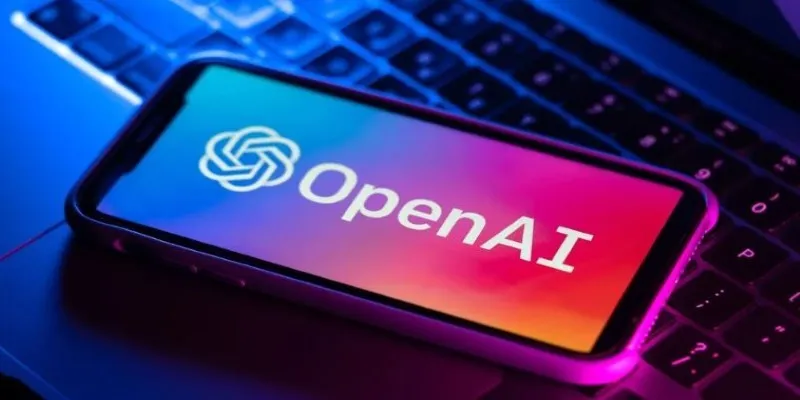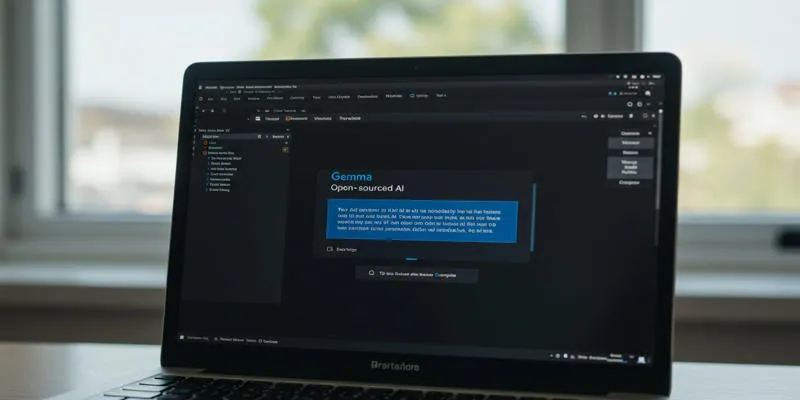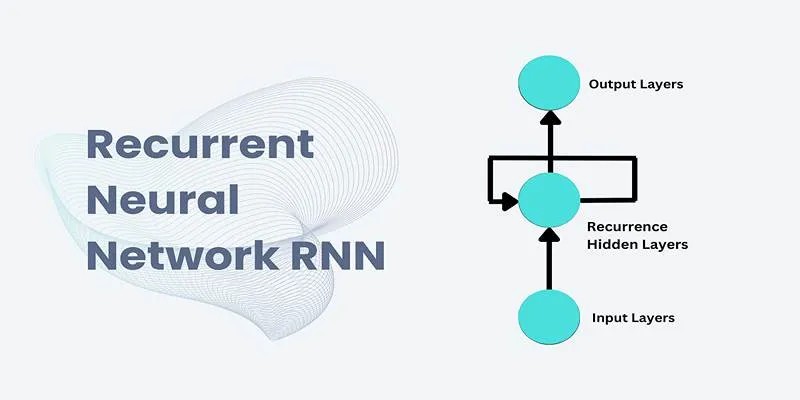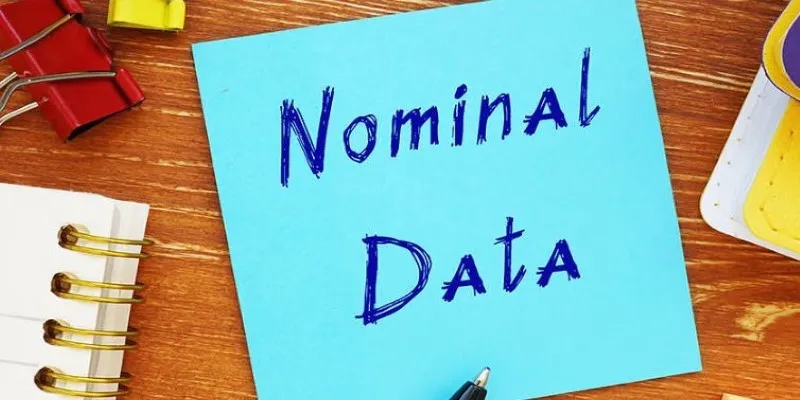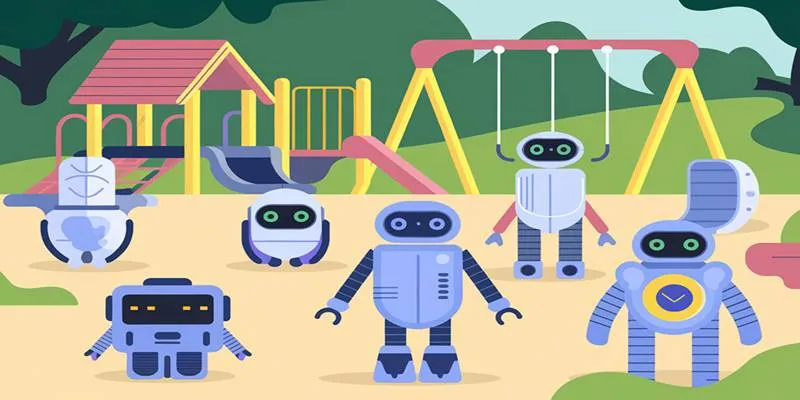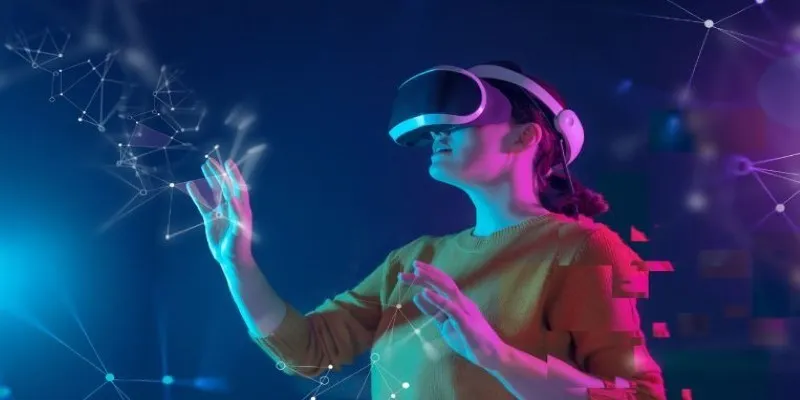Content creation today is more dynamic—and more demanding—than ever before. Creators must consistently produce engaging material for platforms like YouTube, Instagram, blogs, and podcasts while keeping up with trends, optimizing for algorithms, and maintaining audience attention. For many, juggling creativity with productivity is a constant challenge.
This is where tools like ChatGPT can make a meaningful difference. With its language generation capabilities and contextual understanding, ChatGPT serves as a flexible, AI-powered assistant for creators. It doesn’t replace creativity but can streamline processes, reduce mental load, and help creators stay consistent. Here are 9 specific ways ChatGPT can assist content creators in their daily workflow.
1. Generating Social Media Descriptions
Writing social media descriptions is often the final, yet essential, part of publishing content. While the main work—whether it’s a video, image, or blog post—may be complete, a well-crafted description is needed to draw attention and provide context.
ChatGPT can assist by suggesting relevant and engaging social media captions that reflect the tone of the content. Whether it’s humorous, professional, or informative, the model can match the creator’s style and help save time. Descriptions can also include hashtag suggestions and keyword placement for better visibility.
2. Creating Scripts for Video or Audio Content
For creators producing video essays, tutorials, vlogs, or even podcasts, writing a script can often be time-consuming. A clear and coherent script improves content structure and delivery, but not all creators find it easy to write one from scratch.
ChatGPT can help by drafting a script based on a provided topic, outline, or target audience. Whether it’s an educational explainer or a narrative-driven video, creators can use AI to generate a starting draft and then revise and personalize it as needed. It allows more time for recording, editing, and publishing.
3. Brainstorming Titles for Content
An eye-catching title can make or break a piece of content. It must be clear, clickable, and ideally optimized for search engines or platform algorithms. Coming up with that perfect headline isn’t always simple.
ChatGPT can provide multiple title suggestions based on a creator’s topic or niche. It can adjust tone and style depending on the platform—whether it’s a punchy TikTok caption, a blog headline, or a YouTube title. The model also understands the value of emotional triggers, list formats, and search-friendly phrasing, offering a wide range of headline options in seconds.
4. Suggesting Keywords, Tags, and Hashtags
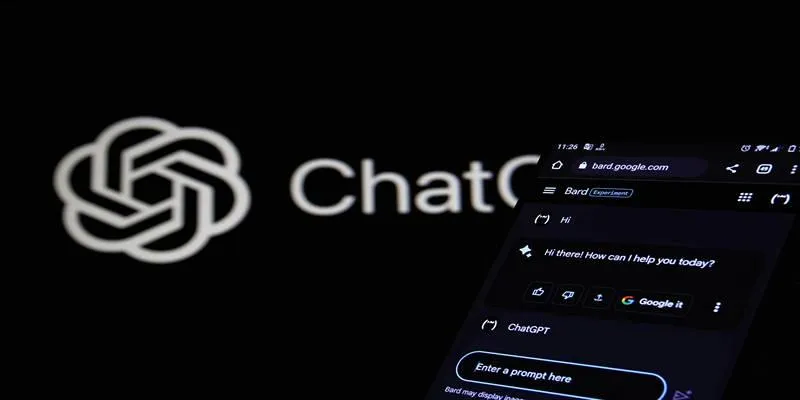
One of the most important parts of content discovery is visibility—ensuring that content reaches the right audience. Keywords, tags, and hashtags are tools that help surface content on search engines and social platforms.
ChatGPT can suggest relevant and trending keywords based on a content creator’s topic, industry, or audience. It can provide tags for YouTube videos, hashtags for Instagram posts, or even keywords for blog SEO. It can improve a content’s reach and help it perform better within search algorithms, especially when combined with other optimization strategies.
5. Developing Outlines and Content Structures
An organized outline can help creators stay on track while scripting or filming. Whether for a blog post, podcast episode, or long-form video, structure is essential to ensure clarity and audience engagement.
ChatGPT can generate content outlines that are tailored to a specific topic or objective. These outlines often include introductions, main points, transitions, and conclusions—saving creators from having to plan every element from scratch. It also ensures no critical elements are missed, especially in instructional or educational content.
6. Generating New Content Ideas
Content creators often face creative blocks, especially when working within a narrow niche or posting frequently. Coming up with fresh, relevant content consistently is one of the greatest challenges in the field.
ChatGPT can offer a wide array of content ideas tailored to a creator’s audience, platform, or industry. By identifying trends, seasonal topics, or even suggesting format changes (e.g., turning a blog post into a video), it becomes a creative brainstorming partner that helps kick-start inspiration when needed most.
7. Writing Personal or Brand Bios
Many creators struggle to write about themselves, even though a bio is a vital part of establishing a presence on any platform. A strong bio communicates what the creator offers, their style, and their value to the audience.
ChatGPT can assist in drafting bios for platforms like Instagram, YouTube, LinkedIn, or personal websites. By feeding the AI a few key points—such as content niche, target audience, and tone—it can generate a professional and engaging summary that’s easy to tweak for a personal voice.
8. Assisting With Basic Research and Fact Gathering
Not all content is purely creative; many creators work on educational, factual, or informative material. In these cases, reliable background information is necessary before writing or recording begins.
Although ChatGPT is not connected to real-time internet data, it can provide foundational knowledge on a wide range of subjects based on its training. It includes historical context, explanations of complex terms, or general data summaries. However, content creators should always cross-check AI-generated facts with current and authoritative sources before publishing.
9. Proofreading and Light Editing
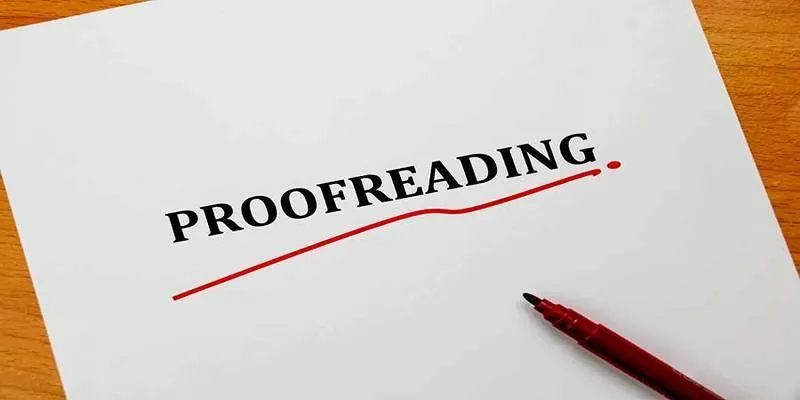
While not a full replacement for professional editing tools or human editors, ChatGPT can support content creators in polishing their writing. From grammar checks to sentence restructuring, the model can identify common errors and make suggestions for improvement.
It works best when focusing on one aspect at a time—such as checking for passive voice, unclear phrasing, or overuse of certain words. It can be especially useful for non-native speakers or solo creators working without editorial support.
Conclusion
ChatGPT is not a content creator in itself, but it can serve as a valuable support tool for those who are. From ideation to editing, it offers fast, adaptable assistance that saves time and enhances productivity. While human creativity remains irreplaceable, AI can simplify the technical and repetitive aspects of content creation.
By incorporating ChatGPT strategically, creators can spend more time on what matters most: delivering high-quality, authentic content that resonates with their audience.
 zfn9
zfn9

